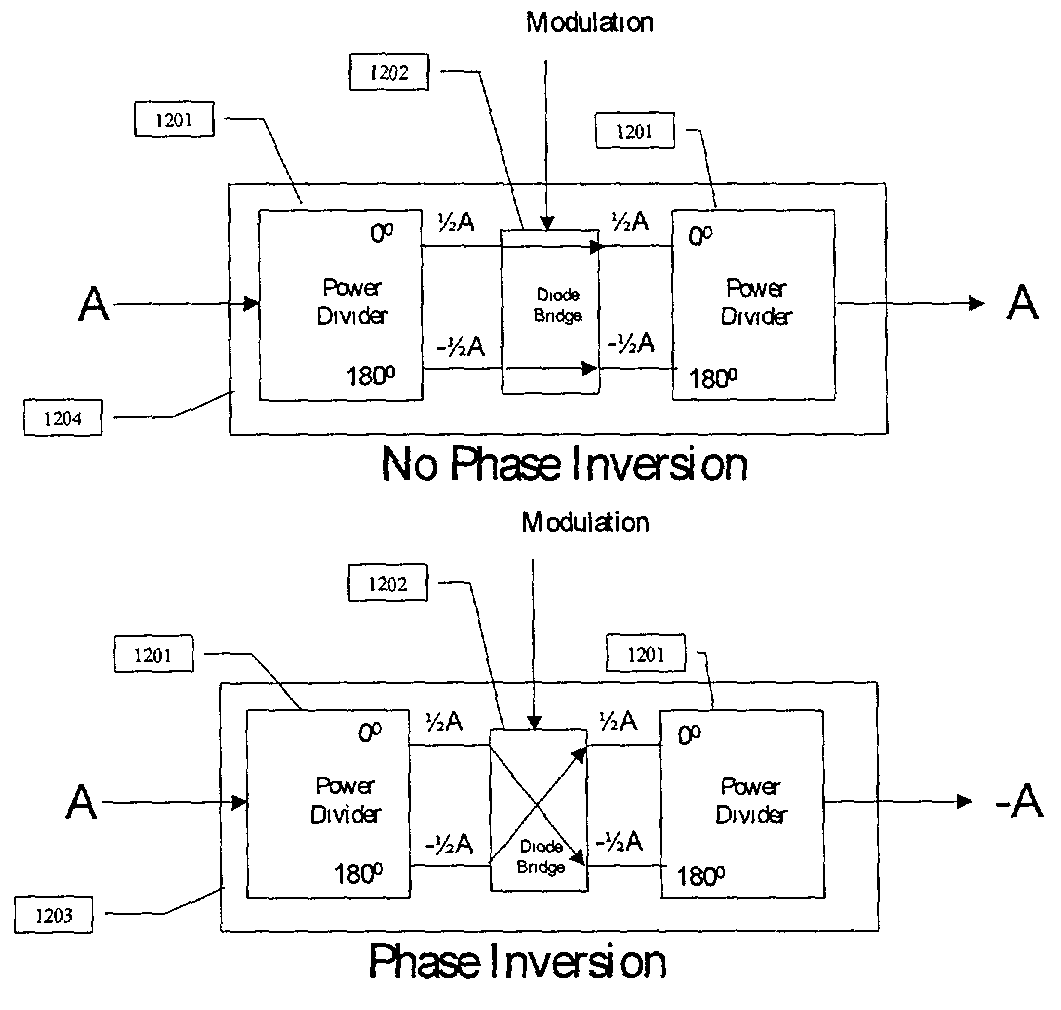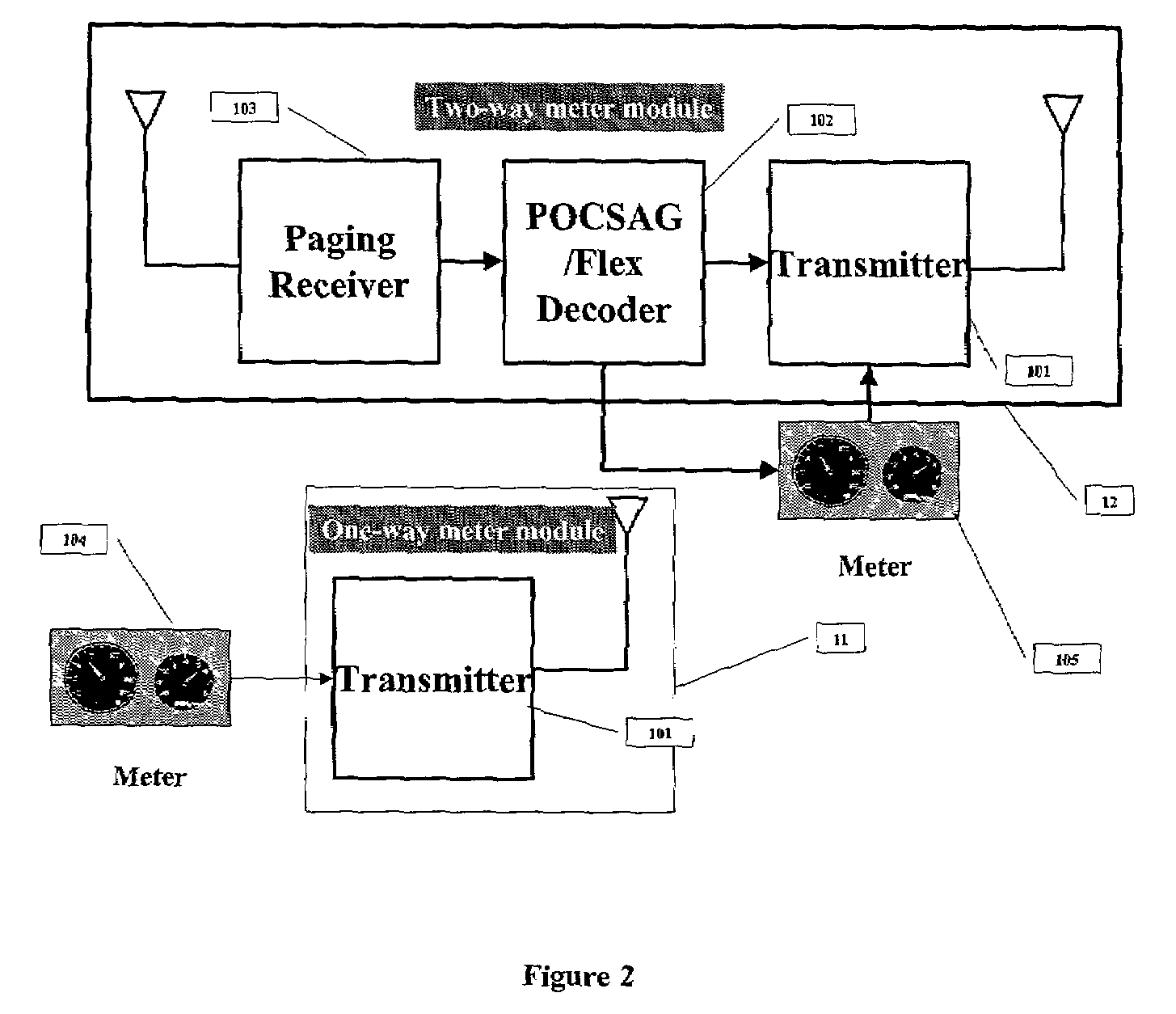Modular wireless fixed network for wide-area metering data collection and meter module apparatus
a fixed network and wide-area metering technology, applied in the field of wireless messaging systems and methods, can solve the problems of significant limits on the number of meters a node can serve, inefficient configuration of itron and cellnet networks, and the deployment of expensive infrastructure of up to thousands of data collection nodes, etc., to achieve the effect of convenient processing, archived and accessed
- Summary
- Abstract
- Description
- Claims
- Application Information
AI Technical Summary
Benefits of technology
Problems solved by technology
Method used
Image
Examples
Embodiment Construction
[0034]General
[0035]This invention features a scalable and modular wireless fixed-base data collection network system, comprising at least one wireless meter module, one receiver site (Base Station) and one central site (Data Operations Center) into which all metering data is collected.
[0036]According to a particular embodiment of the present invention, a one-way direct sequence spread spectrum (DSSS) communications network is used as the data collection channel (uplink) of an automatic meter reading (AMR) application and a paging network, or other suitable downlink network, is used as an optional forward (downlink) channel in a cost-effective manner. The network is designed to provide a cost-effective wide-area data collection solution, i.e. capable of supporting as many meters on as large a geographical area as required by the associated metering application.
[0037]The communications network includes one-way meter modules (transmitters) communicatively coupled to electric, gas and w...
PUM
 Login to View More
Login to View More Abstract
Description
Claims
Application Information
 Login to View More
Login to View More - R&D
- Intellectual Property
- Life Sciences
- Materials
- Tech Scout
- Unparalleled Data Quality
- Higher Quality Content
- 60% Fewer Hallucinations
Browse by: Latest US Patents, China's latest patents, Technical Efficacy Thesaurus, Application Domain, Technology Topic, Popular Technical Reports.
© 2025 PatSnap. All rights reserved.Legal|Privacy policy|Modern Slavery Act Transparency Statement|Sitemap|About US| Contact US: help@patsnap.com



